175-year-old church in Manhattan’s Rose Hill neighborhood to be demolished
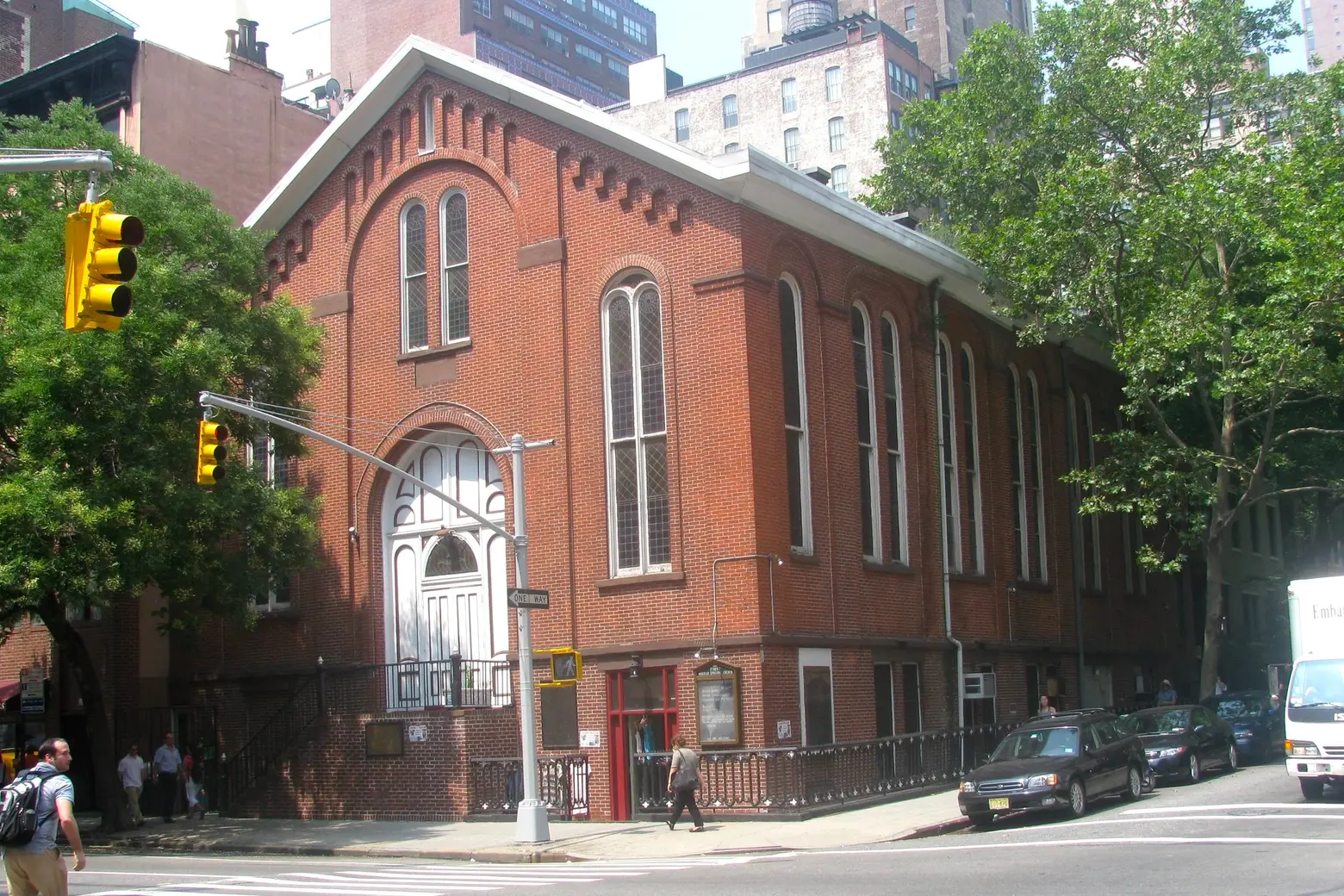
Photo by Eden, Janine and Jim on Flickr
A historic church that has resided in Manhattan for more than 175 years is set to be demolished, as first reported by Crain’s New York. Located at 154 Lexington Avenue in Nomad, the First Moravian Church served as an important meeting space for patriotic societies and women’s groups and played a critical role in welcoming Armenian immigrants to New York City. An application was filed this month for an 11-story mixed-use building at the site, according to city records.
Demolition permits were filed by James Patterson, principal engineer of Angora Engineering, and permission for the “full demolition” of the building was granted on August 25. Last week, an application was filed by Woods Bagot Architects for an 11-story building with 57 housing units and commercial space.
The property’s owner is Asaf Ben-Nun, co-founder of LTNG, a Brooklyn-based real estate development firm. The firm develops mixed-use projects, commercial spaces, and apartments in Manhattan, Brooklyn, and Queens.
As Crain’s reports, the developer plans to demolish three properties adjacent to the church, including a two-family home at 130 East 30th Street, a four-family home with retail space at 152 Lexington Avenue, and another four-family home at 150 Lexington Avenue.
The historic place of worship is home to the New York Congregation of the Unity of the Brethren Church, one of the oldest continuing denominations of Protestantism. Organized in 1748, the church was originally known as Christ Church.
Their original congregation was located at 106 Fulton Street in a building constructed for the church from 1751 to 1752. In 1829, a new building was constructed for the church at the same location.
After the end of the Civil War in 1866, the congregation met for three years in a home on 29th Street. The current residence was acquired by the church in 1869 and was originally built in 1849.
During the 1860s and 70s, the church was a meeting place for women’s groups and patriotic societies, and later as a safe haven for Armenian immigrants arriving in NYC, according to the historical building blog Daytonian in Manhattan.
In 1915, the congregation merged with the Crawford Memorial Church, and the building became the home of the Armenian-speaking St. Illuminator’s Church.
In 1917, the church was part of Tag Day, a day of remembrance for the lives lost during the Ottoman Empire’s genocide of the Armenian people. That year’s Tag Day featured a parade with more than 3,500 Armenians and Syrians who fled to the United States to escape persecution.
The church underwent a major renovation in 1894, during which it was renovated “from roof to foundation.” Carpeting was installed throughout the building and the walls and ceiling received new fresco paintings. Another major renovation occurred in 2008.
RELATED:
Get Insider Updates with Our Newsletter!
Leave a reply
Your email address will not be published.


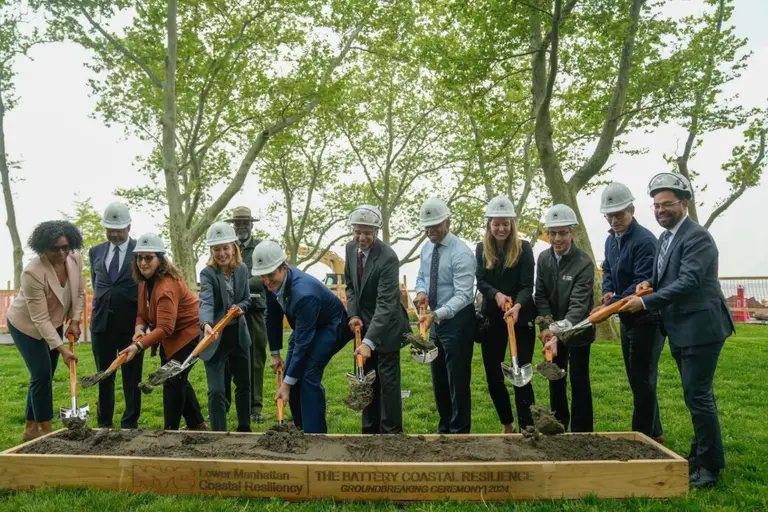

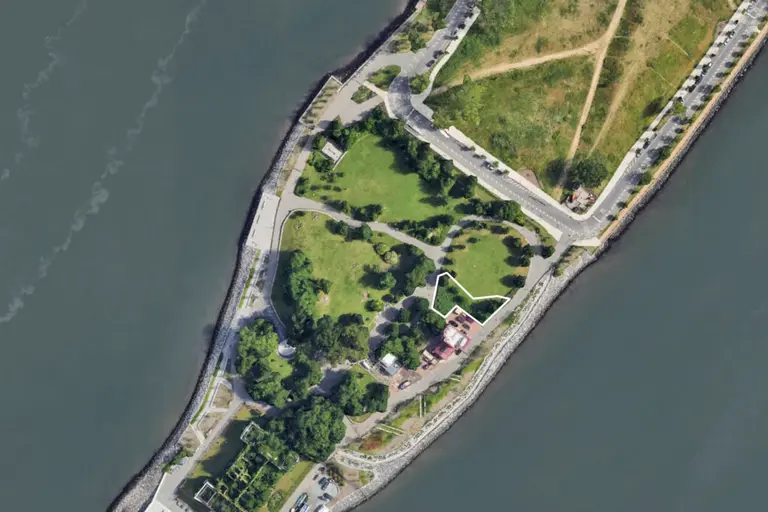
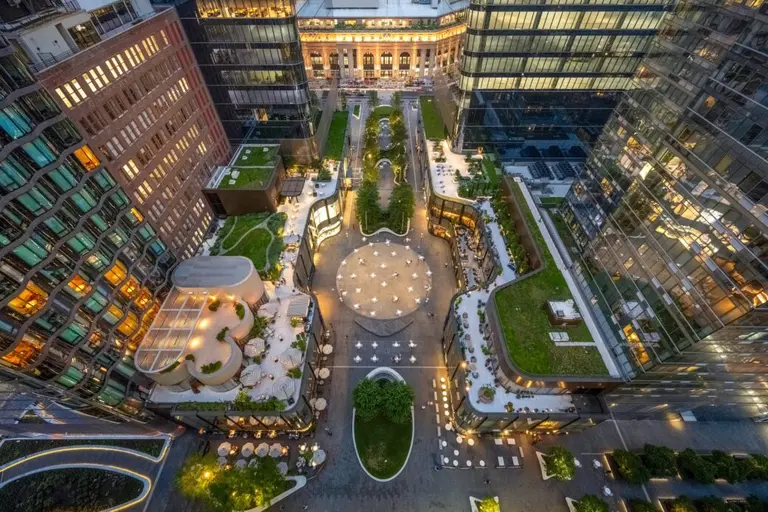





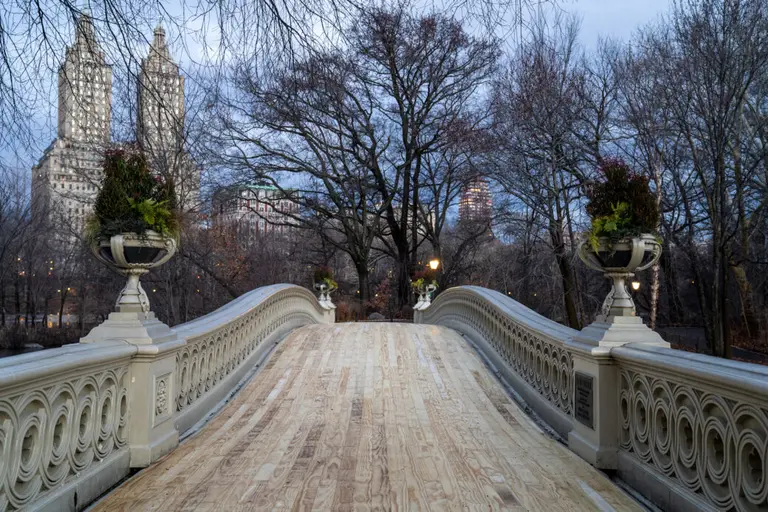
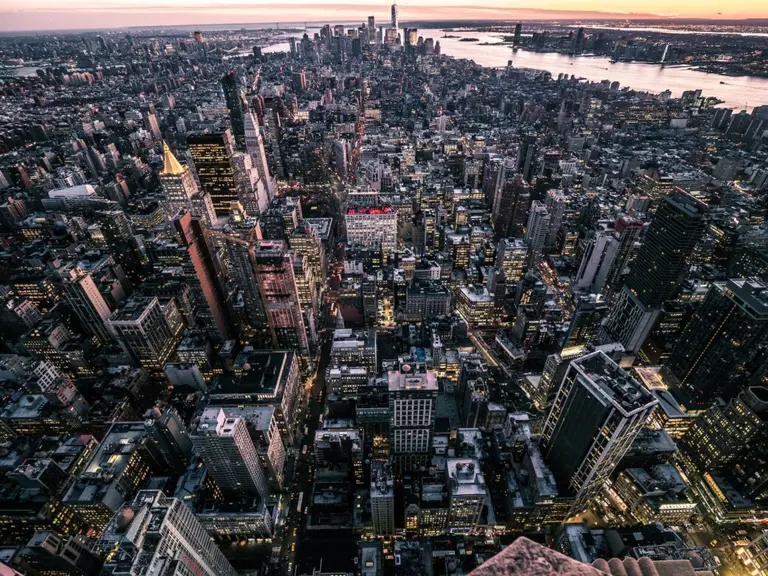
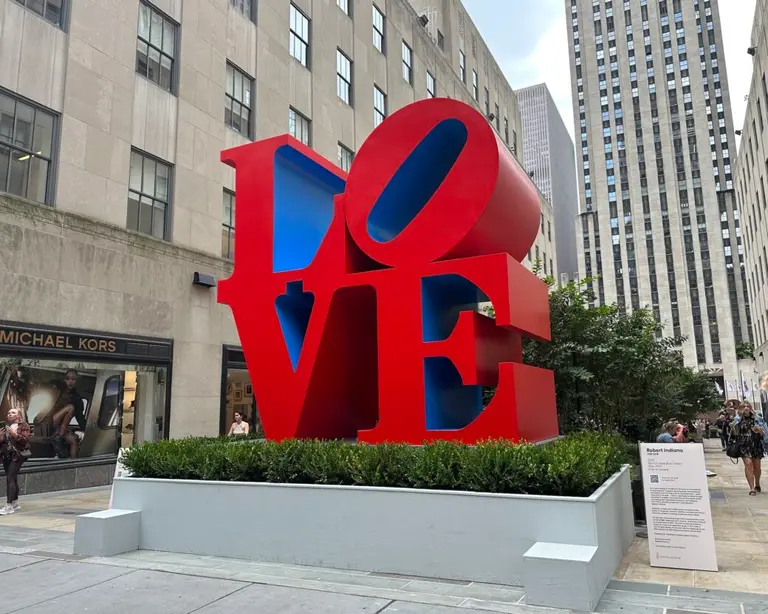

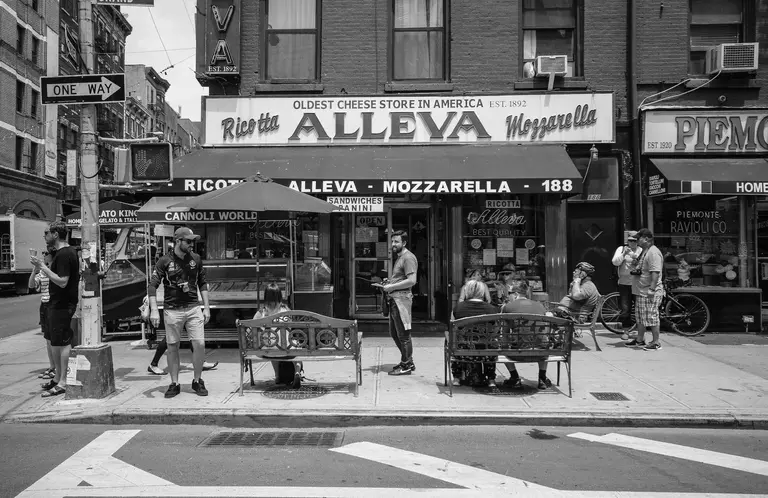











It’s all about the money. Now we’re demolishing churches, specifically the First Moravian Church. OMG it’s historic.
I last visited NY about 10 yes ago and intend going back in Sept 2024. I was using Google Street View for a bit refresher and travelling along Lexington Ave. I spotted the the First Moravian Church building. I was impressed as a Brit, to see this historic building retained and not sacrificed to the plunder of developers. Seeking more information on the Church’s history I am sad to find this article and learn that its probably no longer standing. Churches are so often the keepers of community history.